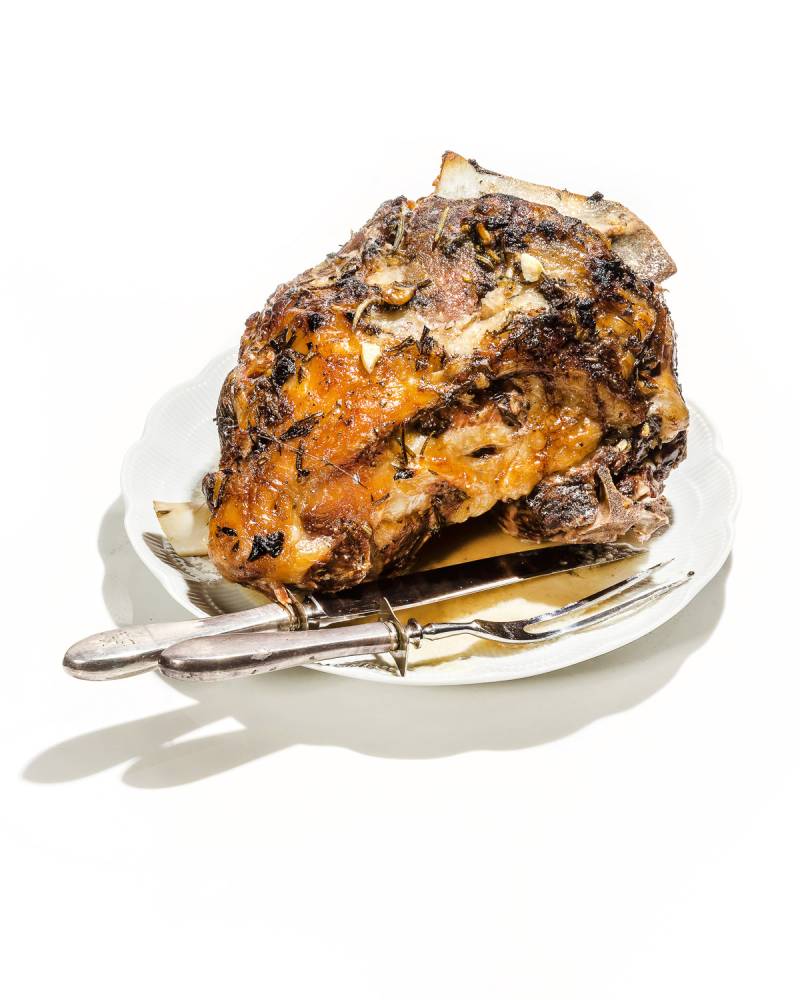Names are steeped in meaning in Uganda. They reflect parents' hopes and aspirations for their children, as well as ties to their culture and environment.
Traditionally, among the Banyoro and Batooro communities in western Uganda, clan members hold special ceremonies when they bestow a name to a baby. At these ceremonies, known as okuruka amabara, villagers examine the baby for family features and distinctive qualities in order to pick the name befitting what they believe is the child's character.
Towards the climax of the naming ritual, those present are given millet bread, served fresh from the fire in wicker baskets called endiiro, alongside pots of steaming smoked beef or pigeon peas and peanut butter stew. The fresh millet bread is also a signifier of the change of season, releasing a scent like that of clean air and rain falling on dry ground.
Historically, every family would cultivate their own plot of millet and harvesting the crop was a communal activity. Towards the harvest season, children would patrol millet fields, banging empty tins with sticks to scare away the insatiable quelea birds. Then in November and December, groups of women armed with baskets and knives would harvest millet. Wooden granaries, raised off the ground on stilts close to the homes, would heave with the grain by Christmas.
But millet, a major crop in both Africa and Asia and one of the world's most nutritious cereals, is now under threat. Production is decreasing and many families have flattened the wooden granaries where they used to store the crop, using them as firewood. A dish of millet bread and pigeon peas-groundnut stew is no longer a common traditional meal in many households.
Climate change and declining soil fertility have facilitated this decline in the grain. With it, time-honoured traditions like okuruka amabara are also under threat, says Patrick Byakagaba, a natural resource and environmental governance researcher at Makerere University in Kampala, Uganda.
It is just one of many common food crops that are being endangered by changes in the climate, farming practices and consumer fashions. Even hugely popular luxury foods such as coffee, chocolate and avocados are among those at risk.
You don't have to look too far for evidence of how tasty plant produce might disappear. Millet was a major crop on the slopes of Kilimanjaro in Tanzania for thousands of years, but this is no longer the case.
"Millet yields are low these days," says Yesero Businge, 46, a farmer in Hoima, western Uganda. "It no longer grows to the expected height, sometimes not even more than 2ft (60cm). And today's farmers find growing, weeding and harvesting millet labour-intensive."
Millet was previously a major source of food in Businge's household. In the 1980s, Businge says his father would let part of their family's land lie fallow over one or two seasons to allow the soil quality to improve before planting millet again.
But as his family grew and his land became overworked, he noticed a drop in millet yields in the late 1990s. "You need land that has not been cultivated for years to grow millet. [The] population has increased and there is no such land now," Businge says.
Nearly one million plant and animal species are threatened with extinction, including the closely related wild relatives of domesticated crops such as maize, avocado, common bean, cotton, potato, vanilla, chilli pepper, squash and husk tomato.
The loss of wild varieties represents a grave risk to global food security, as they are a key source of genetic diversity, which can be used to reintroduce desirable traits such as drought and disease resistance to crops through breeding. According to the Royal Botanic Gardens at Kew, UK, we now rely on just 15 crops for 90% of the world's energy intake
In Uganda, the wet and dry seasons are becoming more intense and lasting longer, while human lives and crops are now lost to floods nearly every year. Erratic rains and floods have led to the failure of pearl millet at various times – the world's most common millet type.
When it comes to finger millet – the most popular type in Uganda, Kenya and Tanzania – excessive rains result in poor germination, while severe drought can lead to total crop failure. Pigeon pea crops are also experiencing significant yield loss as heat stress disrupts the bloom stage by damaging the pods.
"Seasons have changed [so much] that we now have rain at Christmas, which was not the case in the 1990s, when it used to be a dry season," says Byakagaba. "It's around this time that people harvest millet. Due to losses from rains, farmers have abandoned millet. Excessive rain is responsible for high rates of abandonment in crops."
In Kenya, traditional crops like yam, cassava, sweet potato and pumpkin have slowly disappeared from the diets of many households. "We have lost them as cultural foods. They used to feature a lot previously," says Wanjira Mathai, regional Africa director at the World Resources Institute.
Kenyan farmers have suffered successive drops in yields of crops like millet, dolichos lablab bean and pigeon pea due to climate change, according to the Kenya Climate Change Working Group (KCCWG) and Women's Climate Centers International. "These are the traditional crops which were suitable in these semi-arid areas and contributed to food security and incomes," says KCCWG's chairman, John Kioli.




